In selecting shade trees for South Dakota, you’ve got to consider trees that can tough it out in our climate besides cottonwood. Here’s a lineup of some fantastic options:
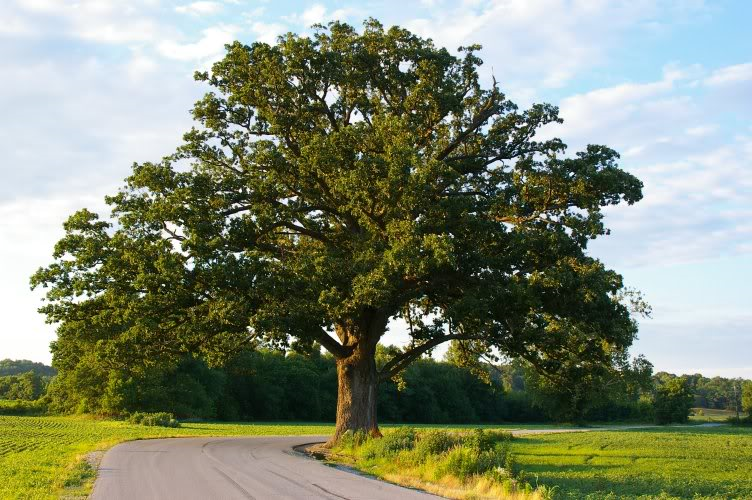
Bur Oak: This native Midwest gem, the Bur Oak, is tough, sturdy, and reliable. With its broad canopy, it’s your go-to choice for some serious shade.
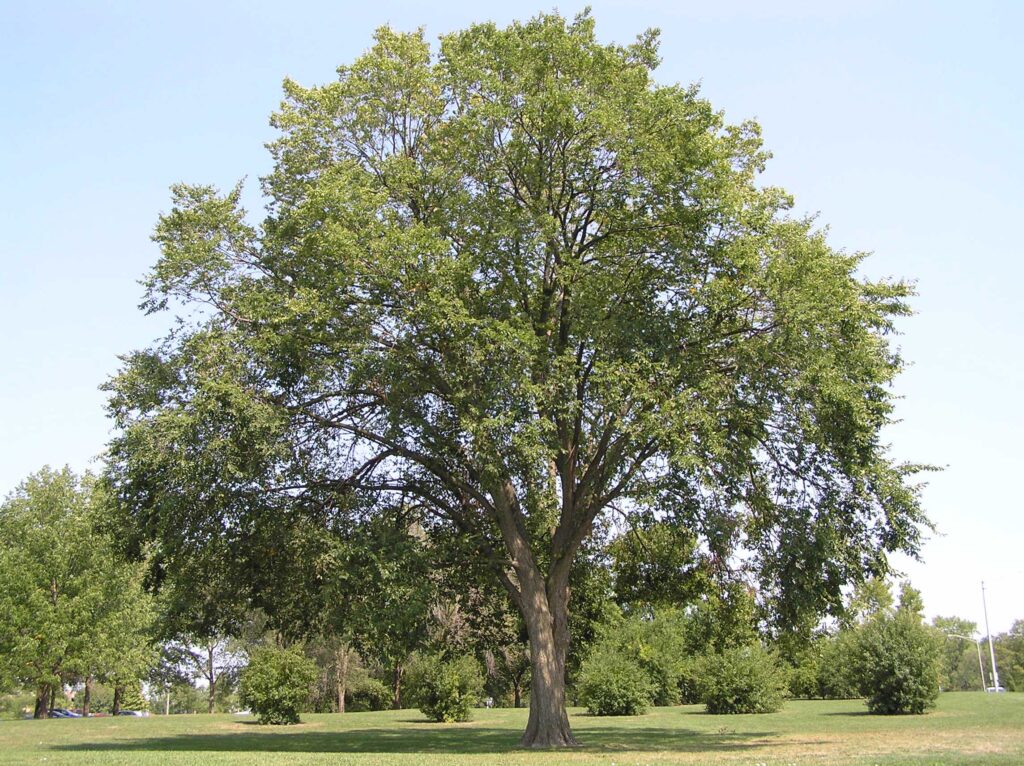
American Elm: Despite the hardships brought on by Dutch elm disease, there are still some American Elm disease-resistant varieties that can hold their own in South Dakota. They grow fast and sport that classic vase-shaped canopy.
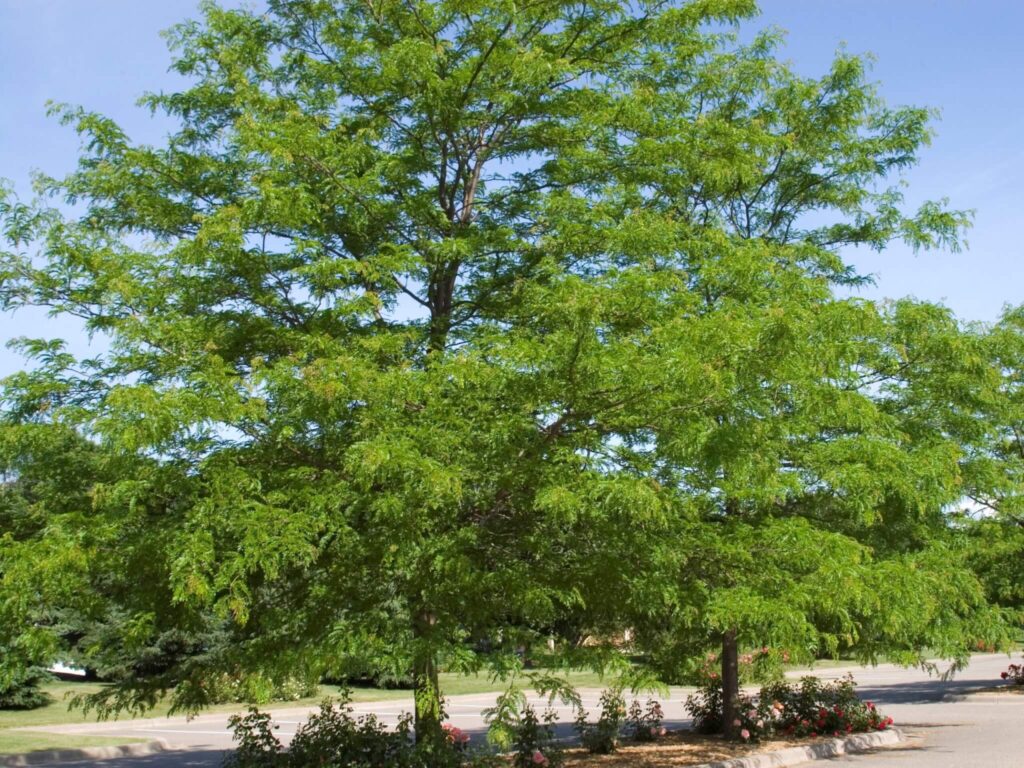
Honeylocust: Talk about versatility! Honeylocust trees thrive in all sorts of soil conditions, and with their delicate foliage, they provide that lovely, dappled shade perfect for chilling out in your yard. Plus, there’s a whole range of varieties to choose from, each with its unique leaf texture and color. The old “shelterbelt” variety had the pods and thorns.
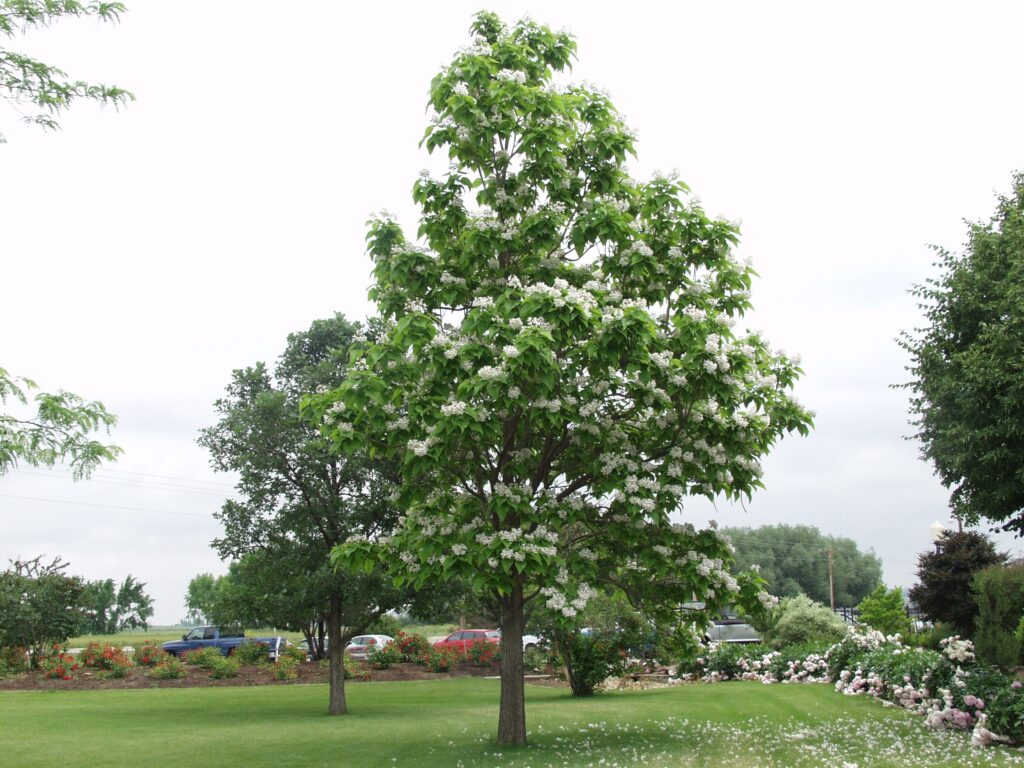
Northern Catalpa: With its large, heart-shaped leaves and fragrant flowers, the Northern Catalpa adds a touch of elegance to any landscape. It’s tough as nails and can handle whatever South Dakota throws its way.
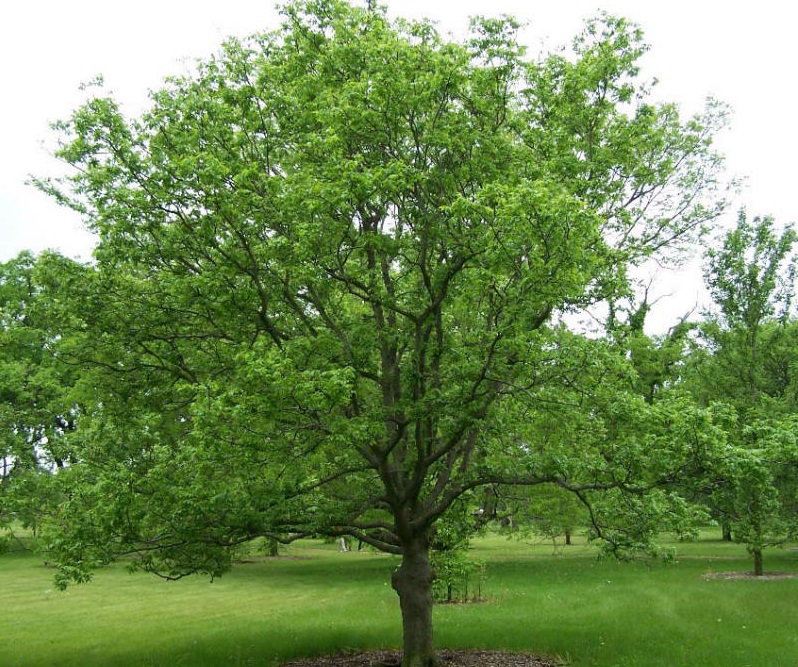
Hackberry: This hardy tree laughs in the face of drought and poor soil conditions. Its broad canopy and bird-attracting berries make it a real winner, my favorite.
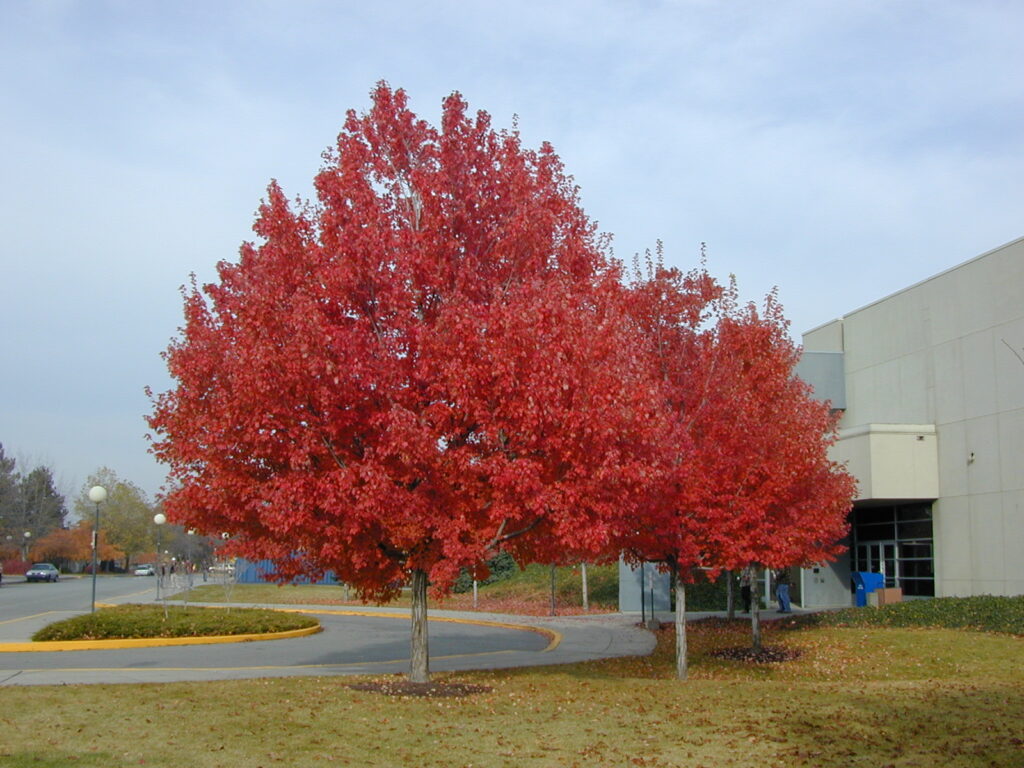
Red Maple: While it’s native to the eastern part of North America, certain hardy Red Maple varieties can still thrive in South Dakota. And let’s not forget about that stunning fall foliage. They are marginal because of their soil pH requirements.
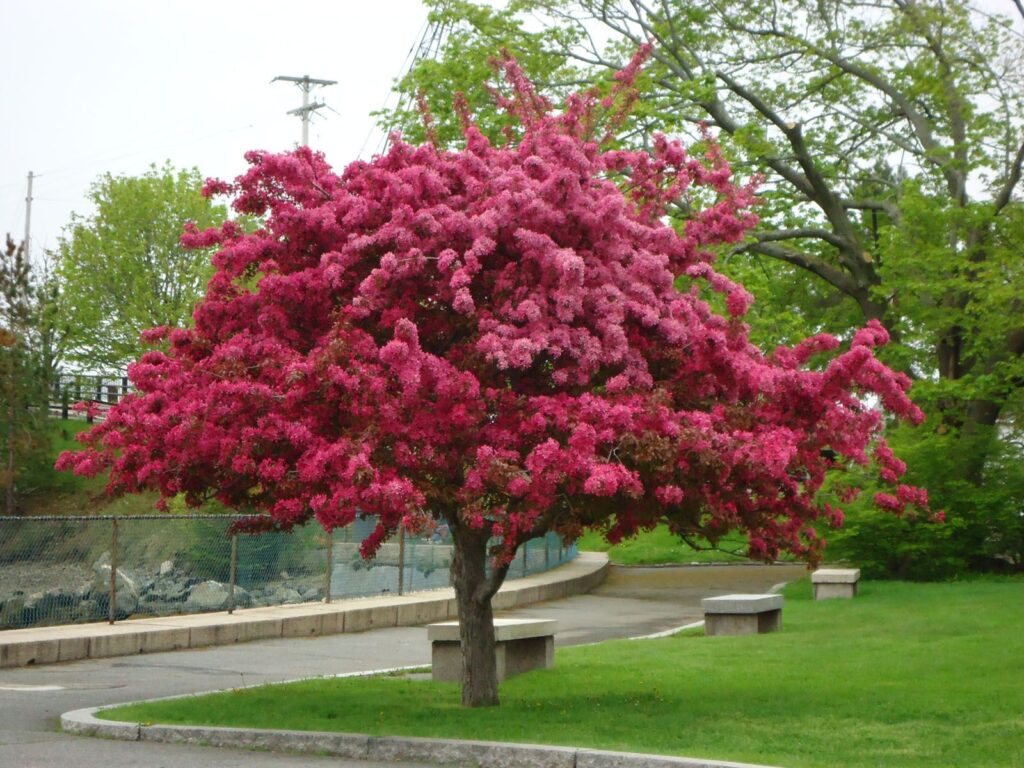
Prairie Crabapple: If you’re looking to attract some wildlife to your garden, the Prairie Crabapple is your tree. Fragrant flowers in the spring and colorful fruit in the fall? It’s a win-win as a smaller tree.
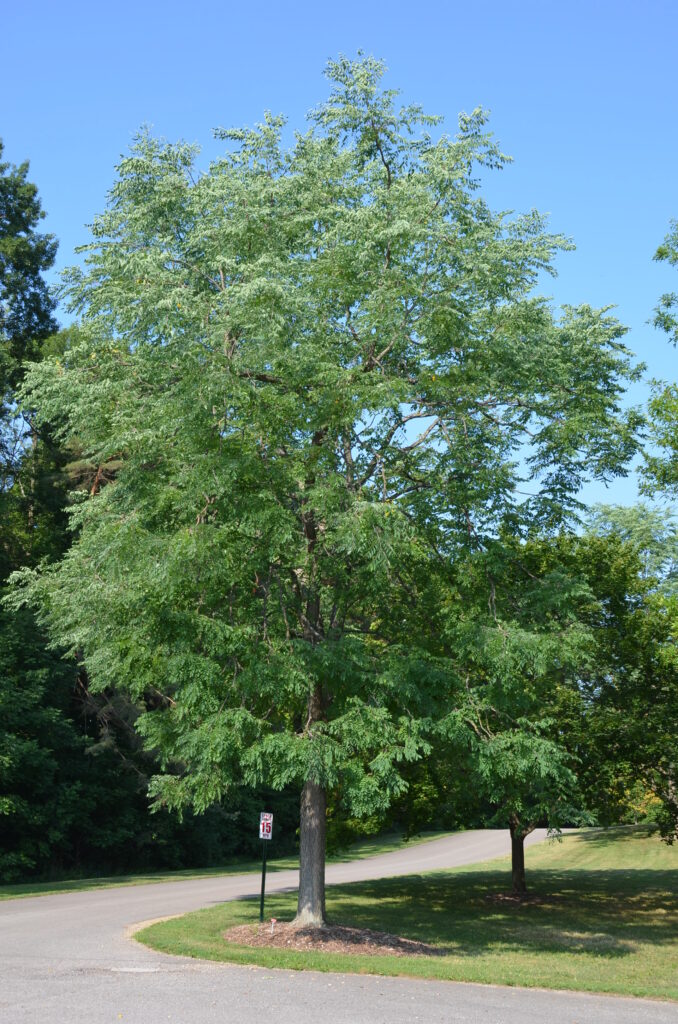
Kentucky Coffeetree: Now here’s a tree that stands out from the crowd. With its unique compound leaves and drought tolerance, it’s sure to make a statement in your yard. It can be found in some nurseries in the state.
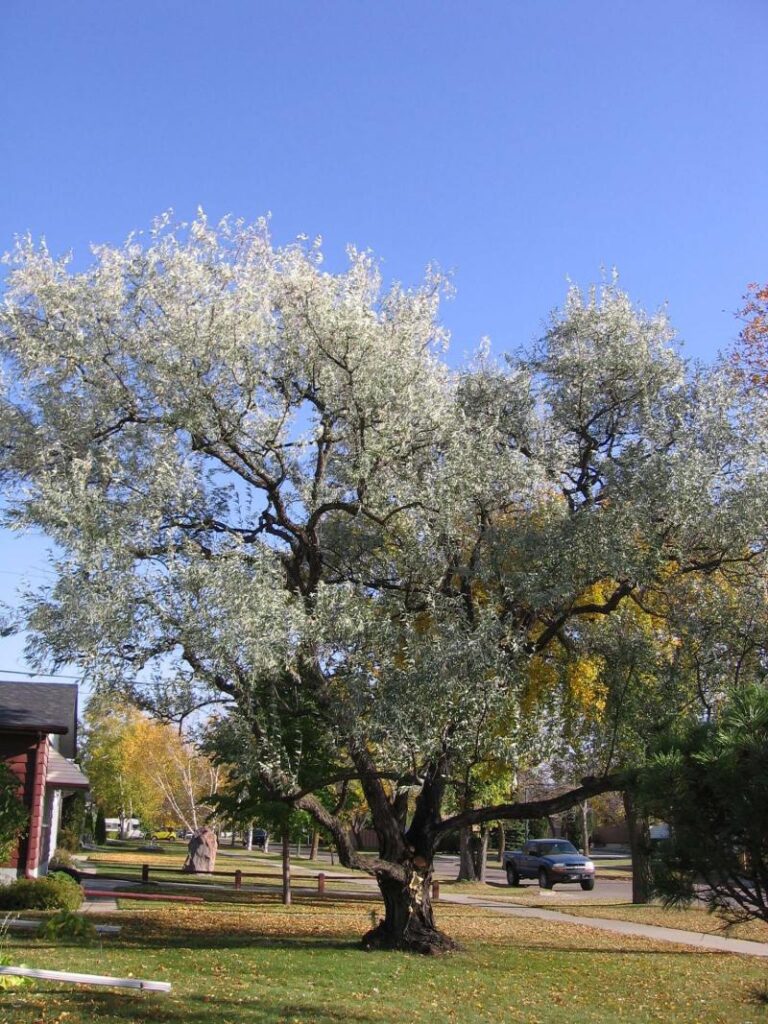
Russian Olive: Adaptable and visually striking, the Russian Olive adds a touch of silver to your landscape. Just watch out for those thorns if you’re thinking of using it as a hedge! It can get up to 30 feet tall and can be invasive in wet areas.
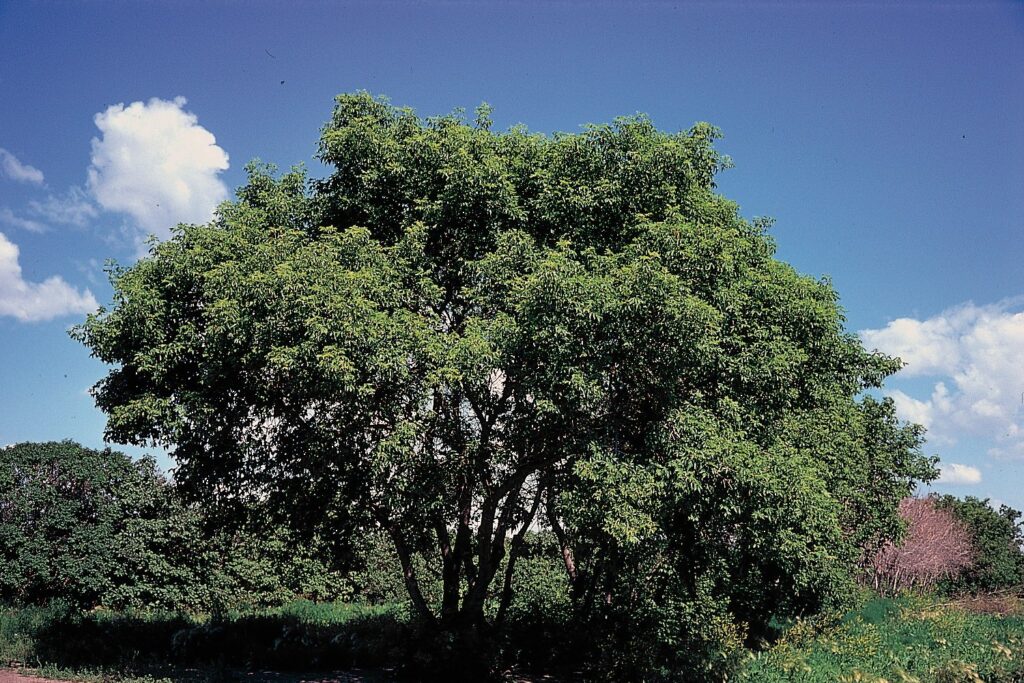
Boxelder: Sure, Boxelder trees grow fast and provide wildlife benefits, but they do come with a tradeoff—weak wood and messy seeds. Still, with their yellow and green leaves or even white and green varieties, they can add some flair to your landscape.
Remember, before you start digging holes, think about your soil, drainage, and how much space you’ve got. It’s all about finding the right tree for the right spot.
